How to Draw Birds: 8 Techniques and Tips
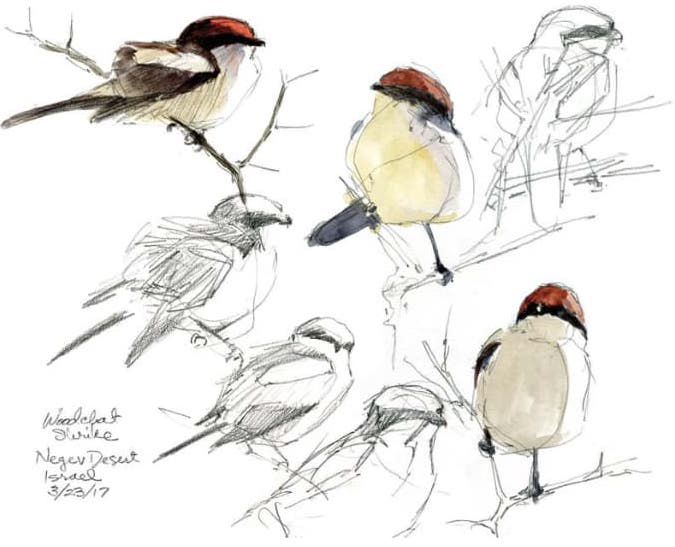
Successfully learn how to draw birds of all kinds with these eight exercises, using gesture drawing, the contour method, freeze-framing, and more.
By Debby Cotter Kaspari

Learning how to draw birds from life is as much a sport as it is an art. Birds rarely hold still, so catching them on paper requires a combination of observation, good reflexes and a fast pencil. You can work from photos, but one of the rewards of drawing birds from life is that you’ll get to know them well.
Although they go unnoticed much of the time, we live our lives surrounded by birds. There might be pigeons on telephone wires, house sparrows in the hedges or geese on the golf links. Birds are possibly the most visible of the world’s wildlife. They’re easy to see and study and, with practice, not too difficult to draw.
A sketchbook, binoculars and pencil are my primary pieces of equipment. I use a mechanical pencil — no sharpening required, which would just slow me down. Binoculars are great if you have them, but if you don’t, start with birds that can be approached closely.
Try not to make tight drawings as you learn how to draw birds. Instead, give yourself the initial goal of making organized scribbles — scribbles with beaks and feathers. With time and practice, your drawings naturally will become more polished, but for now, think of this as a new way to pursue a love of birds. Here are eight methods that will set you up for success.
1. Loosen Up With Gesture Drawings
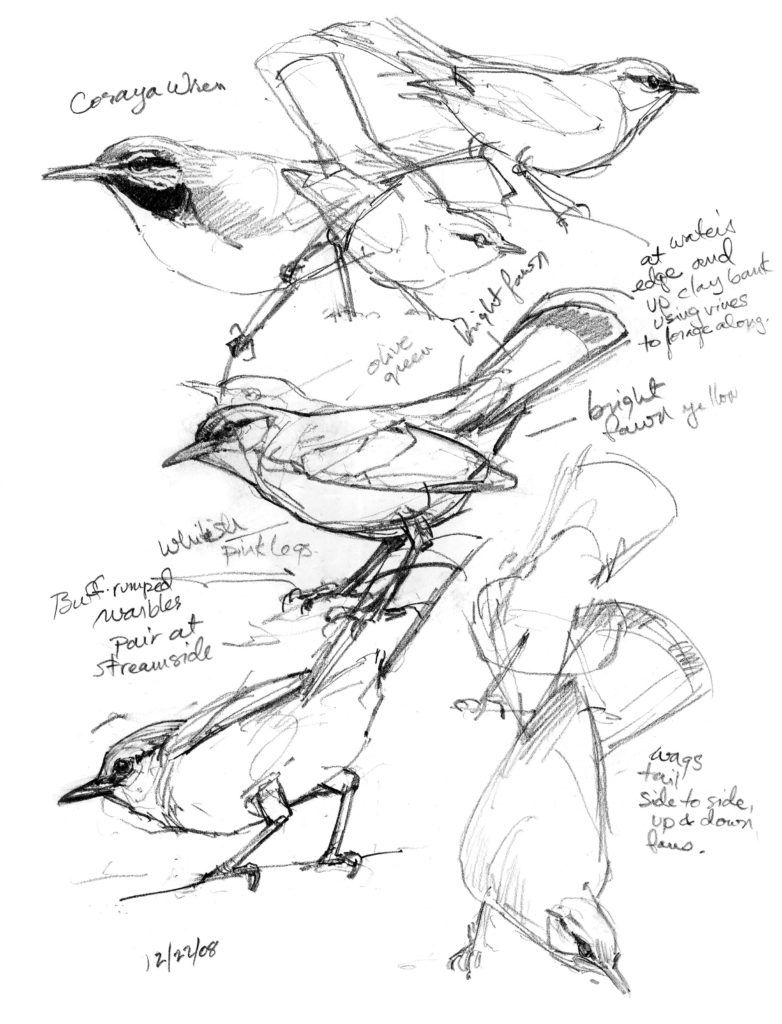
Birds rarely sit still, so you’ll need to “grow” a fast hand to catch up with them and learn how to draw them. Warm up with fast spirals, wiggles and any doodling nonsense that syncs your hand with your eye. Set a timer and fast-sketch simple objects. Before tackling birds, draw a tree, a stone or your shoe. Leave out the details and go for the gesture.
2. Draw Tame, Captive, or Stuffed Birds
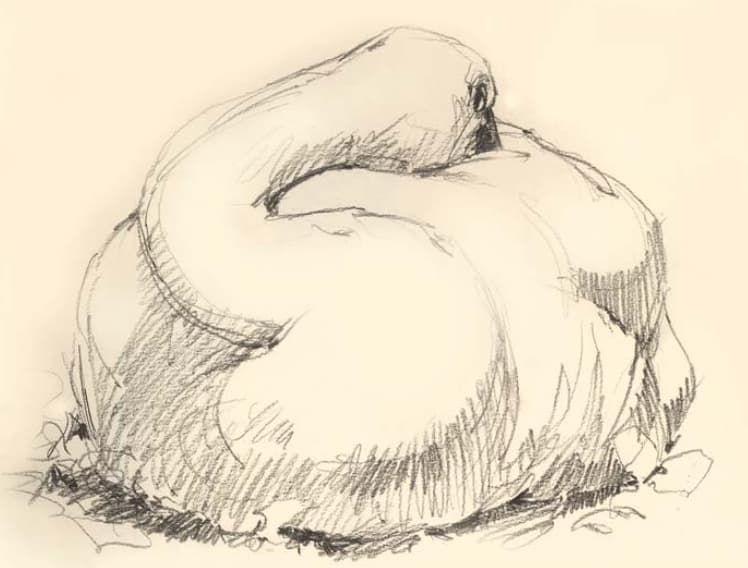
Now that you’re warmed up, you’ll want cooperative birds to draw. Zoos, aviaries, bird feeders, duck ponds and taxidermy mounts offer birds that are used to people — or that are permanently holding still.
3. Draw a Bird On Its Favorite Perch
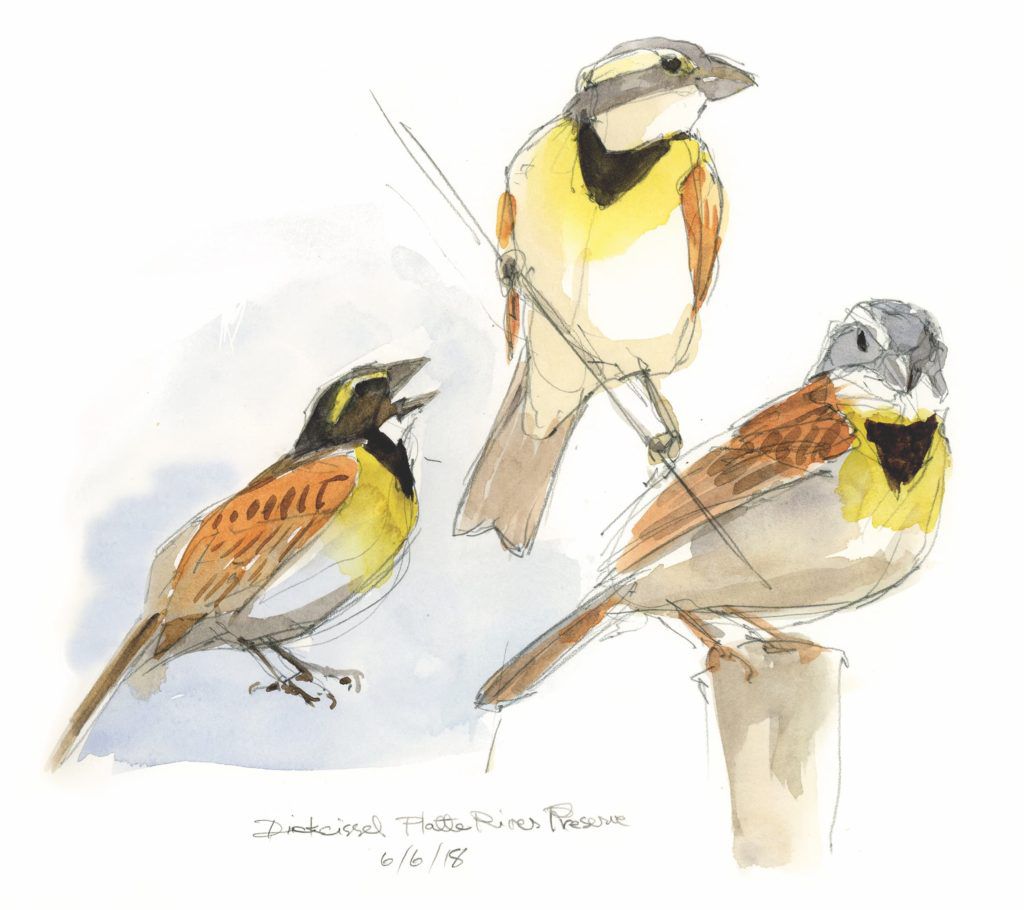
Take advantage of a bird’s habits to predict when and where it’ll pose for you as you learn how to draw birds. Hawks, bluebirds, and flycatchers scan for prey from regular perches, while a meadowlark or dickcissel might sing from the same fencepost all day throughout the breeding season. In my Oklahoma neighborhood, Mississippi kites hang out all summer in nearby trees. I can draw them from my own favorite perch: a wicker chair on the front porch.
4. Learn Basic Anatomy
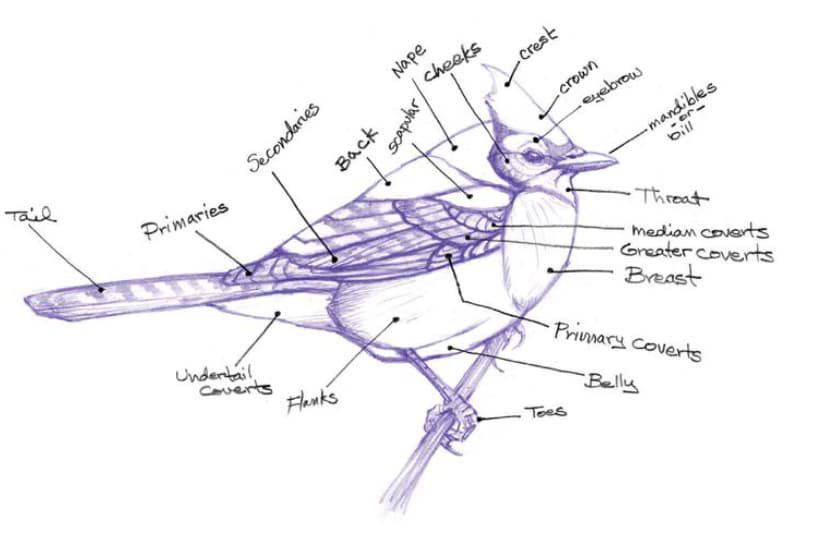
It helps to know how a bird is built and to put names to its parts. You’ll want to understand the feather tracts, learn the difference between primary (flight) feathers and wing coverts, and know what the feet are really doing.
5. Get Familiar

Learn how to draw birds by really knowing them — by drawing the same species over and over, storing it in muscle memory. Your drawings will improve through repetition and familiarity with a single species. Pick out a sparrow at a feeder or a gull on the beach, and fill up a page or two. Make head studies. Train yourself to see how the eye relates to the bill and how the feet grip a branch. The next time you draw, you’ll be able to “feel” whether or not your drawing is right.
6. The Freeze-Frame Method
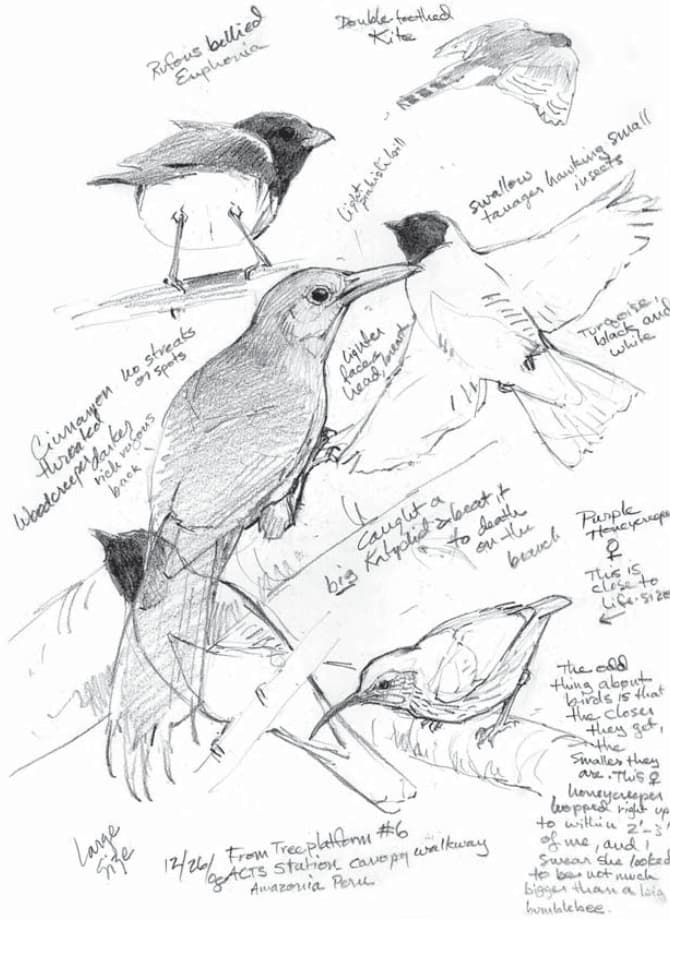
This is a good technique for as you learn how to draw birds in motion (or those that are just a little restless). Here’s how it works: Wait for the bird to strike a pose, and then “snap” a mental picture by shutting your eyes tight to “fix” the pose in your head. Open your eyes and stare at the paper. With a little practice, the bird’s “ghost image” will float for a second or two. Draw it before it dissolves. Then, look at the bird again. Does it have pointed tips on its tail? Streaks on its breast? Is there a pattern on its face? Keep looking, and draw things as you notice them. I like to write color and behavior notes on the side of the drawing.
7. The Blind Contour Method
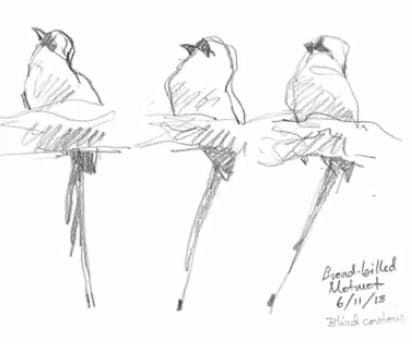
The main requirements here are practice, trust, and a sense of humor. Here’s how it works: Look straight at the bird with your pencil positioned on the paper. Don’t take your eyes off the bird as you draw. After a few moments, check the paper to see what you’ve drawn. Resume looking at the bird, adding further lines to the drawing. Results may be a little unpredictable, but you can catch a lot of character and life using this method as you learn how to draw birds. Plus, it’s a hoot (pun intended), no matter what you get.
8. Draw With the Help of a Video or Webcam
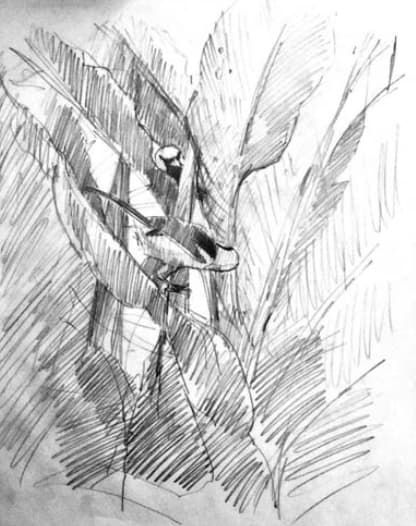
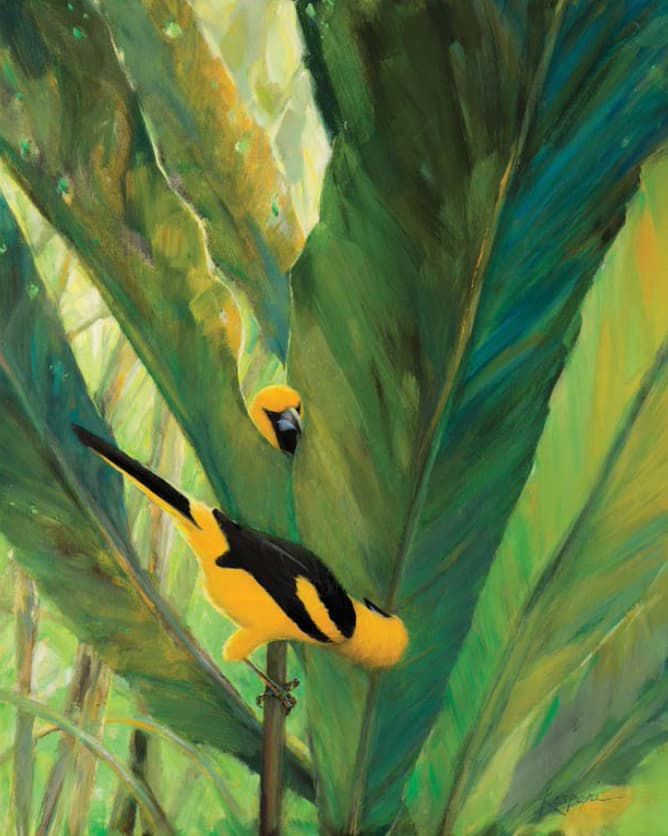
Motion studies from recorded or live-streamed birds are great for those times when you can’t be out in nature. And, of course, you can hit “pause” whenever you like. I sometimes connect my iPhone to a fieldscope in a technique called digiscoping, allowing me to get multiple poses from a single video and watch a bird move naturally.
Webcams streaming from inaccessible places such as eagle nests and remote puffin colonies are entertaining resources. Here are two of my favorites: The National Audubon Society Puffincam and Canopy Family Panama Fruit Feeder cam. Happy bird drawing!
Further Reading
To learn more, I recommend The Laws Guide to Drawing Birds by John Muir Laws (Heyday Books, 2015), and Drawing and Painting Birds by Tim Wootton (Crowood Press, 2011).
DEBBY COTTER KASPARI is an artist, writer and naturalist who sketches and paints birds from life. Her field drawings have been shown in the Museum of American Bird Art, and her paintings have been exhibited in the Leigh Yawkey Woodson Art Museum’s “Birds in Art” show. Kaspari created artwork in the Middle East with the conservation organization Artists for Nature, and has collaborated with biologists around the world. Learn more and see more of her work at her website drawingthemotmot.com.
A version of this article first appeared in Artists Magazine.


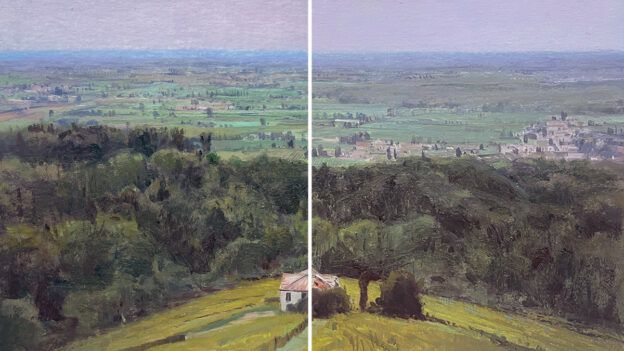
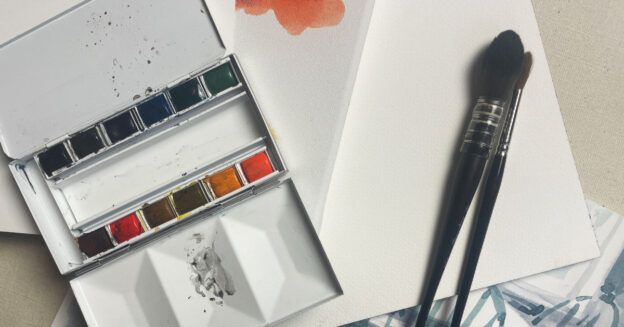
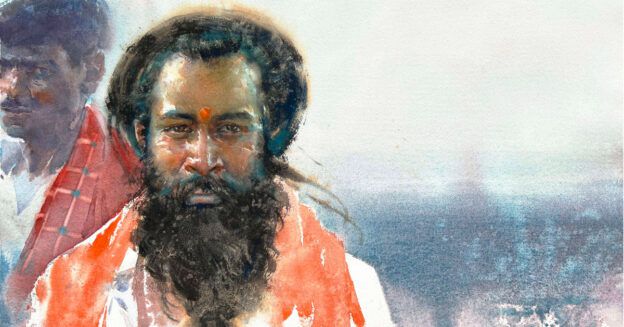
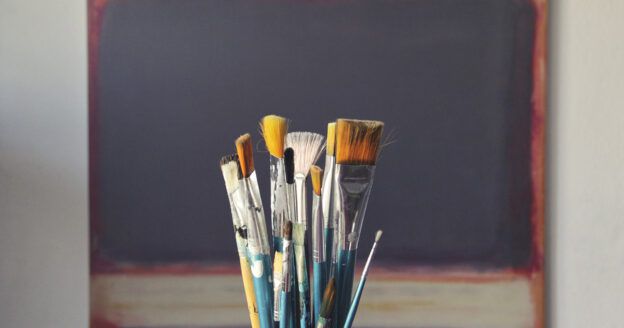


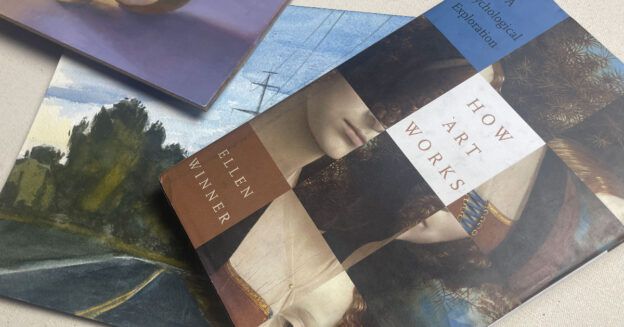
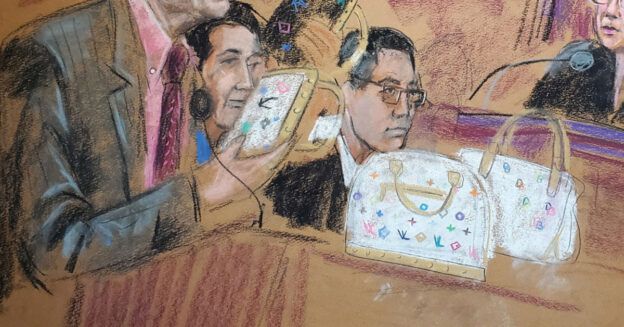

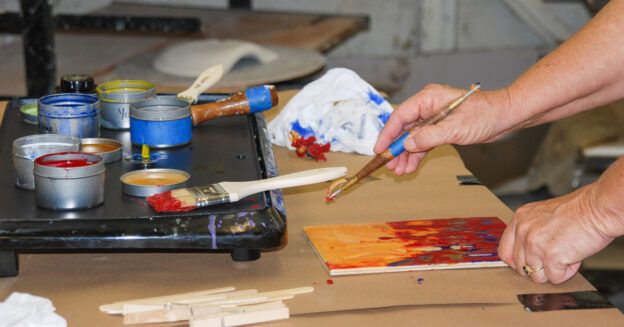

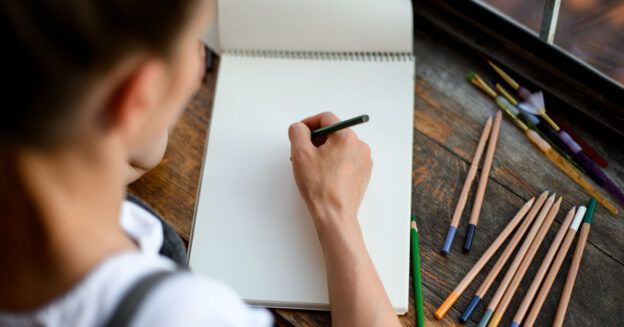

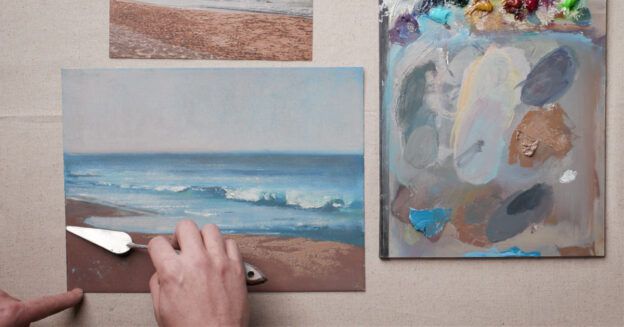
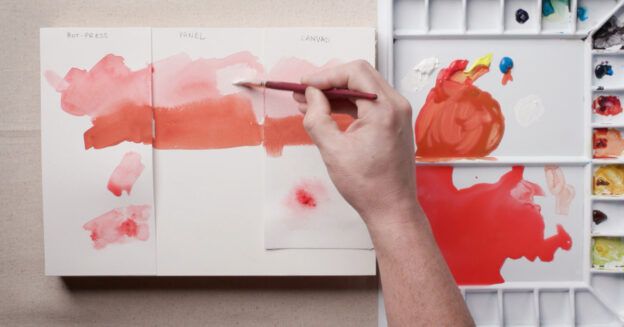
never mind! I see now.
Where are the exercises?